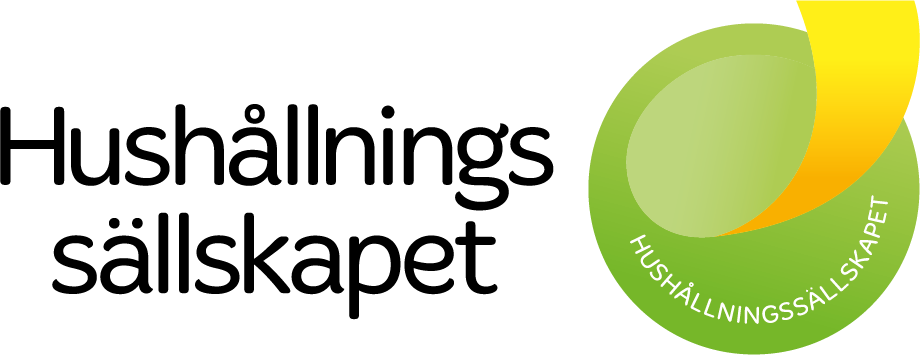Summary
Constructed wetlands are assumed to increase the hydrological buffering capacity of the landscape and catchment areas. By holding water for longer time periods and by creating flooding zones, constructed wetlands are also assumed to promote biodiversity in the agricultural landscape. However, there exists no actual data for the buffering capacity of constructed wetlands. Instead, buffering in wetlands has been modelled where parameters are indirect (e.g. rainfall data, catchment area size, land use, etc.) and none of this data have been related to biodiversity measurements. In this project, we will, for the first time, produce actual field data on the in situ wetland buffering capacity on a large scale (ca 100 wetlands) for at least two years, how this capacity relates to wetland design, location and management, and how buffering capacity trades-off with biodiversity conservation (arthropods in the aquatic-terrestrial boundary and pollinators). We will also use data to adjust and calibrate hydrological models for use in e.g. climate change scenarios.
Project data
Title: Constructed wetlands as hydrological buffers – how to create a win-win situation with biodiversity conservation
Project manager: John Strand, Hushållningssällskapet Halland (john.strand@hushallningssallskapet.se)
Project members: Lea Schneider, Lisa Feuerbach Wengel, Sofia Hedman (Hushållningssällskapet Halland), Peter Hambäck, David Åhlén, Imenne Åhlén, Jerker Jarsjö (Stockholm University), Björn Klatt (Lund University).
Duration: 2020-01-28 – 2023-04-30
Budget: 4 999 740 SEK
Financier: Naturvårdsverket (Swedish EPA)
